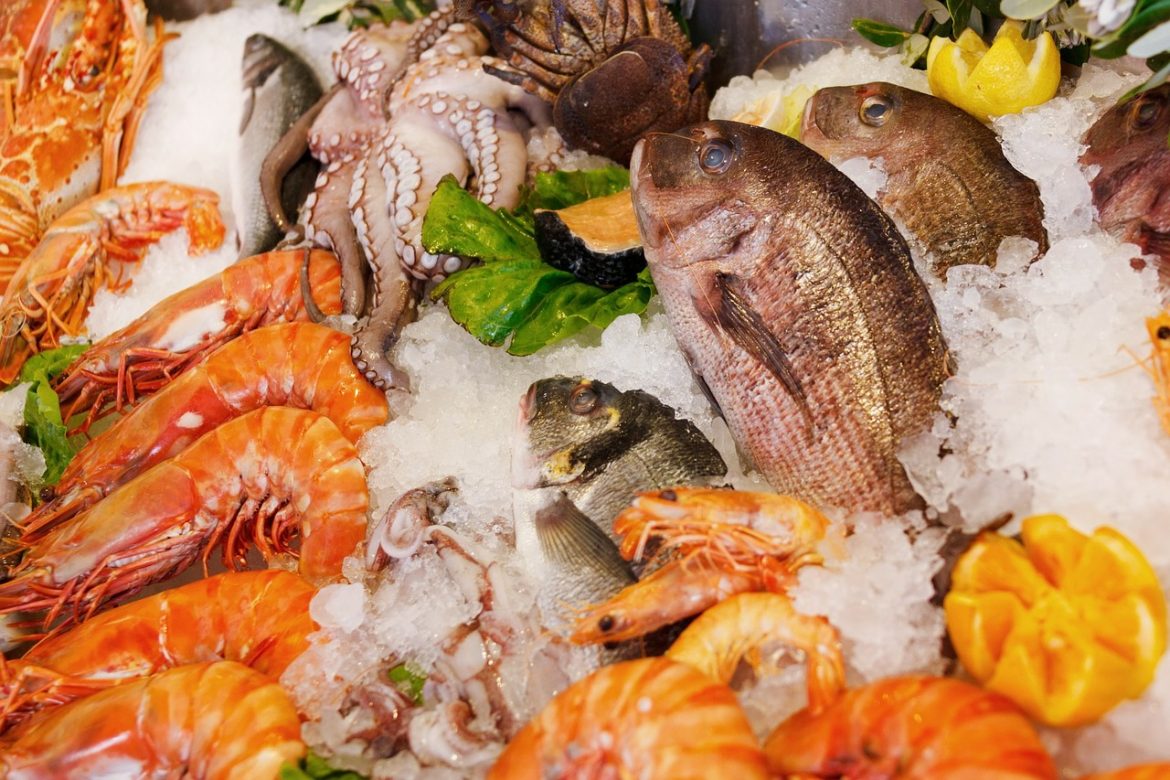

Restaurant patrons want a delighting dining experience, but that does not mean that they want surprises. For instance, a customer who anticipates a family-style steakhouse (as the décor or name of the restaurant would tell) but finds themselves in a more formal setting with a pricey menu may not enjoy the restaurant services because of the surprise. Food concepts are important because they are a means for restaurant operators to let customers know beforehand what to expect. Some of the most popular concepts include:
Steakhouses
A steakhouse is part of a restaurant market, whether midscale or upscale. Upscale steakhouses are typically associated with a more formal environment and offer higher quality services than their midscale counterparts. The prices charged by upscale establishments are also higher than those of midscale steakhouses. Unlike midscale steakhouses (which are usually family-oriented), upscale steakhouses focus on adult clients rather than families.
Seafood
Seafood restaurants, especially quick-service establishments, offer limited services, typically fried seafood. However, upscale and midscale seafood establishments may offer a wider food selection than just fried seafood- broiled, grilled, baked, etc.
Seafood can be a tricky area to focus on since prices are dynamic. Many seafood types are also seasonal, and the quality may vary from one seafood type to another. Thus, you will need to ensure that the seafood items you’re shopping for your restaurant are fresh and good in quality. If you’re not happy with what your supplier offers, will your patrons be happy with you?
your restaurant are fresh and good in quality. If you’re not happy with what your supplier offers, will your patrons be happy with you?
Casual-Dining Restaurants
These are establishments designed to serve a wide range of customers, ranging from Generations X and Y to baby boomers to seniors. The food items served in casual-dining restaurants are diverse enough to meet the expectations of this wide range of clients. Whether you’re looking for salads, desserts, main dishes, or appetisers, they can all be found in these food establishments. The atmosphere here is comfortable, usually centred on the restaurants décor and menu themes.
Family-Style Restaurants
As the name suggests, family-style restaurants focus on families. Their reasonable prices mean that they are also a go-to for seniors. The services are speedy, falling somewhere between full-service and quick-service restaurants, and the menus are designed to appeal to a wide range of clients, ranging from children to senior adults. The price charges in family-style restaurants may be relatively higher, but the establishments compensate for this by providing table services.
Ethnic Restaurants
They mainly focus on ethnic dishes. The most popular types of ethnic restaurants include Chinese, Italian, and Mexican. Others include Thai, Korean, French, English, German, Vietnamese, Japanese, Caribbean, and Mediterranean. With a wide range of ethnic dishes, ethnic restaurants have great potential to thrive in a multicultural environment, such as a metropolitan city.







